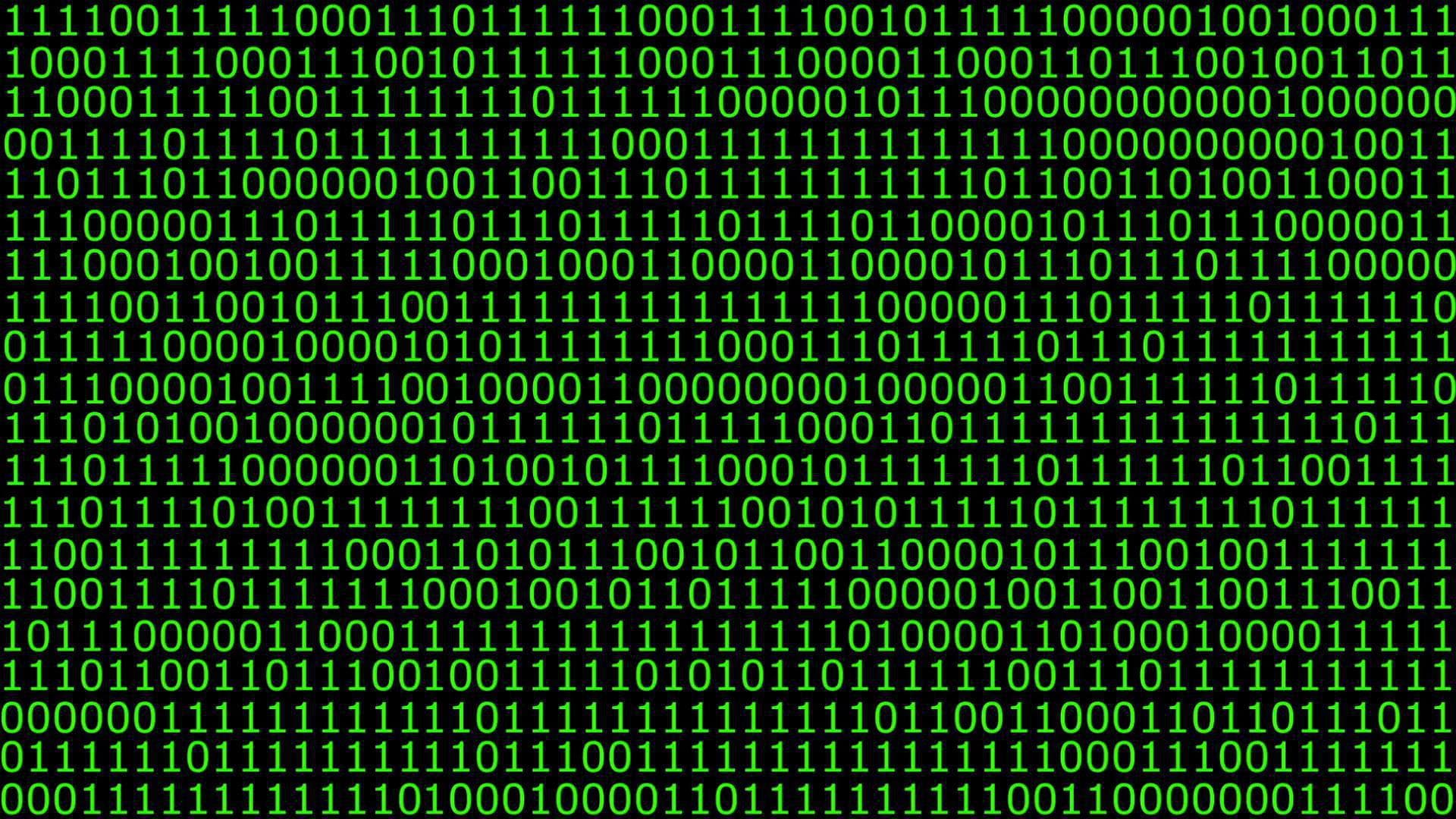Coding Theory - Linear Codes
maths, coding-theory

This will concern mostly the section of linear codes in the course of Coding Theory & Data Compression at Cardiff University. It is expected the reader knows about some sections of coding theory, there isn't background reading on this blog... yet!.
Things to know to start:
- The alphabet we will be using is the set $F_q$ where $q$ is prime.
- We will regard the vector space $V(n,q)$ as the set of words $(F_q)^n$, a vector in $V(n,q)$ denoted $(x_1,x_2,...,x_n) $ will be written as $x_1 x_2 ... x_n$.
- A linear code $C$ is just a subset of the space $V(n,q)$
- This code will a linear code in itself if and only if it is a vector space under the same operations as $V(n,q)$.
- A binary code will be linear if and only if the sum of any two words is itself a word in the original set. i.e. $ \forall x,y \in C \quad (x + y) \in C $
Note:
- A $q-$ary code $[n,k,d]$ is also a $q-$ary code $(n,q^k,d)$ code (by a theorem on basis of subspaces). This is not two way, $[n,k,d] \Rightarrow (n,q^k,d)$ but $ (n,q^k,d) \not\Rightarrow [n,k,d]$.
- The $\bf{0}$ vector is automatically in any linear code.
- Linear Codes may be referred to as Group Codes in some texts.
- The terms "word" and "vector" are synonyms in the context of a linear code.
The weight, $w(\bf{x})$, of a word in $V(n,q)$ is defined to be the number of non-zero entries in the word: $\bf{x}=111010$ has $w(\bf{x})=2)$.
One of the most useful properties of a linear code is that $d(C)$, its minimum distance, is equal to the smallest of the wights of its codewords: $d(C)= min(w(\bf{x})) \quad \forall \bf{x} \in C$.

